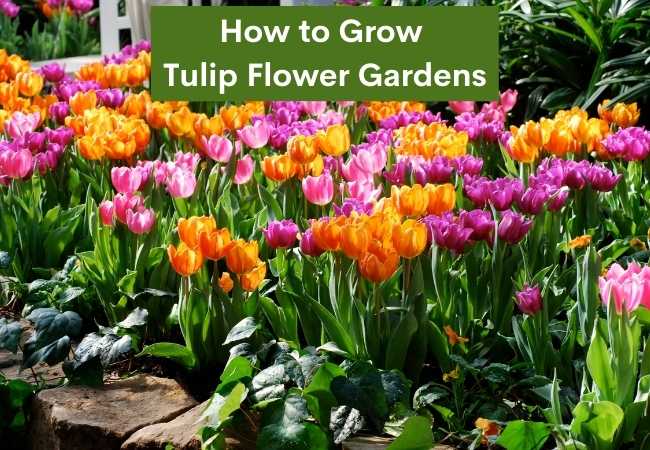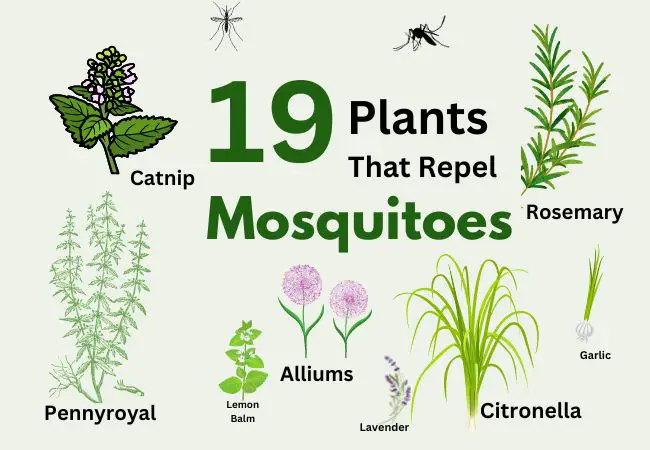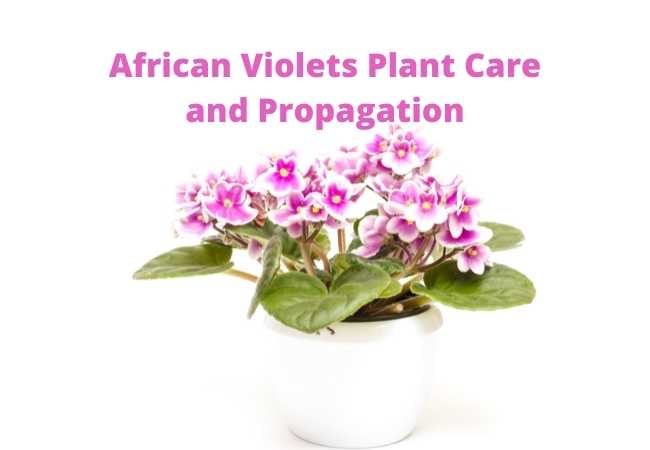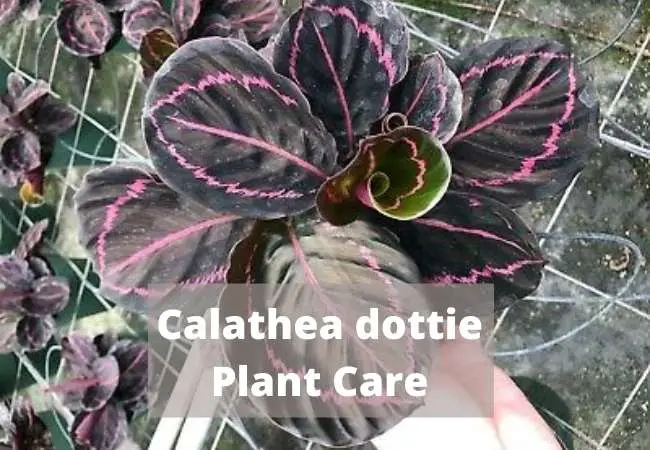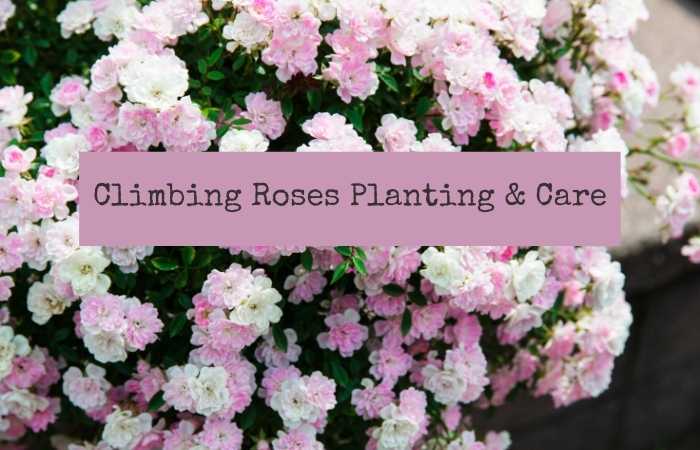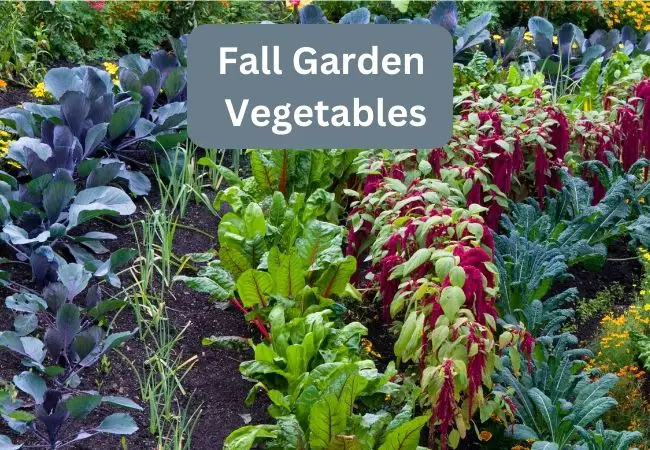How Long Do Different Types of Seeds Last?
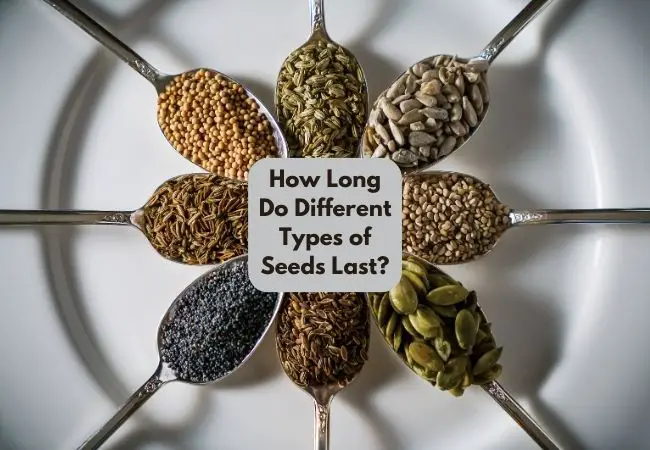
If you are wondering how long do different types of seeds last here are the answers. The viability of seeds is a critical aspect of a gardener’s success. It determines their ability to germinate and grow healthy plants.
How Long Do Different Types Of Seeds Last
I have been gardening for many years and in this post, I will share the concept of seed viability, the factors influencing seed longevity, common seed types, and effective storage methods to preserve seeds for extended periods.
What Is Seed Viability?
Seed viability refers to the ability of a seed to germinate and produce a viable plant under suitable conditions.
It is a crucial factor in determining the success of planting efforts, as seeds with low viability may fail to germinate or produce weak, unhealthy plants.
Seed viability is typically measured by the germination rate, which indicates the percentage of seeds capable of sprouting.
Factors Affecting Seed Longevity
Seed Type and Species
Seeds can be broadly classified into two categories: orthodox and recalcitrant.
Orthodox seeds, such as those of tomatoes and lettuce, have the ability to withstand desiccation and can be stored for longer periods.
Recalcitrant seeds, on the other hand, are unable to tolerate drying and have a shorter lifespan, making proper storage critical for their preservation.
Different plant species also exhibit variations in seed longevity. Some seeds, like those of peppers and cucumbers, may remain viable for several years, while others, like carrots, may have a shorter shelf life.
Storage Conditions
The environment in which seeds are stored significantly impacts their longevity. Temperature plays a vital role, as seeds stored in cool, dry conditions tend to have longer viability.
High temperatures can accelerate seed deterioration and decrease their germination rates.
Similarly, maintaining appropriate humidity levels is crucial, as excessive moisture can lead to fungal growth and premature seed sprouting.
Exposure to light can also affect seed viability. While some seeds require light for germination, prolonged exposure to light during storage can reduce their longevity.
Seed Maturity and Harvesting
The maturity of seeds at the time of harvesting influences their viability. Fully mature seeds have a higher chance of germinating successfully and maintaining their viability during storage.
Proper harvesting techniques, such as waiting for the seed pods to dry or the fruit to ripen, are essential to preserve seed quality.
Seed Processing and Treatment
Thoroughly cleaning and removing contaminants from seeds before storage is essential to prevent the spread of diseases and improve their viability.
Seed treatments, such as scarification or stratification, can also enhance germination rates and extend seed longevity.
Understanding Seed Viability Tests
Most small and hobby gardeners don’t conduct any seed viability tests. However, gardeners and farmers who grow plants as a business sometimes need to test the viability of their seeds to reduce the risks.
These are the common tests used to check the viability of seeds accurately:
Standard Germination Test
The standard germination test involves placing a specific number of seeds in a controlled environment and observing their germination rate over a set period. This test provides valuable insights into seed quality and viability.
Tetrazolium Test
The tetrazolium test is a rapid method to evaluate seed viability. Seeds are treated with a tetrazolium solution, which produces a red stain in viable tissues. The intensity of staining indicates the proportion of viable seeds.
Electrical Conductivity Test
The electrical conductivity test measures the leakage of electrolytes from seeds. High electrical conductivity suggests lower seed viability due to membrane damage.
Accelerated Aging Test
The accelerated aging test simulates the aging process of seeds by subjecting them to high temperatures and humidity for a short period. This test helps predict seed longevity under normal storage conditions.
How Long Do Common Seeds Last?
Vegetable Seeds
- Tomatoes: Tomato seeds are orthodox and can remain viable for up to 6 years when stored properly.
- Lettuce: Lettuce seeds have a shorter lifespan, typically remaining viable for up to 2 years.
- Peppers: Pepper seeds are orthodox and can last up to 4 years under suitable storage conditions.
- Cucumbers: Cucumber seeds can maintain viability for around 5 years with proper storage.
- Carrots: Carrot seeds are recalcitrant and have a shorter shelf life, usually lasting 1 to 2 years.
Flower Seeds
- Sunflowers: Sunflower seeds can remain viable for up to 3 years when adequately stored.
- Marigolds: Marigold seeds are orthodox and can last for 2 to 3 years with proper storage.
- Petunias: Petunia seeds have a shorter lifespan, usually remaining viable for up to 1 year.
- Pansies: Pansy seeds can last for 2 to 3 years under suitable storage conditions.
- Zinnias: Zinnia seeds are orthodox and can remain viable for up to 5 years when stored correctly.
Herb Seeds
- Basil: Basil seeds are orthodox and can last for up to 4 years when stored properly.
- Parsley: Parsley seeds typically remain viable for 2 to 3 years with adequate storage.
- Mint: Mint seeds have a shorter lifespan, usually lasting up to 1 year.
- Thyme: Thyme seeds are orthodox and can remain viable for up to 3 years with proper storage.
- Rosemary: Rosemary seeds have a longer shelf life, usually lasting up to 4 years under suitable storage conditions.
Extending Seed Longevity
Best Practices for Seed Storage
To extend the longevity of seeds, follow these guidelines. Store seeds in airtight containers to prevent moisture and air exposure.
Keep seeds in a cool, dry place with a consistent temperature. Use desiccants like silica gel packets to absorb excess moisture.
Label containers with the seed type and date of storage to track their viability. Regularly inspect stored seeds and discard any signs of mold or deterioration.
Utilizing Seed Banks and Seed-Saving Techniques
Seed banks play a crucial role in preserving plant biodiversity and conserving rare or endangered species.
Additionally, home gardeners can practice seed-saving techniques, such as properly harvesting and storing seeds from their plants, to maintain a sustainable seed supply.
How I Collect and Store Seeds from My Garden
I select seeds from healthy, mature plants with desirable characteristics for successful seed saving from the garden.
I allow seeds to fully mature and dry on the plant before collecting. I also properly clean and dry seeds before storage to prevent mold and rot.
Finally, I also choose appropriate storage containers and conditions based on seed type.
Final Thoughts
If you are just a hobby gardener, you probably don’t have to concern yourself too much about seed viability. You can purchase the seeds you need every new season and plant them in your garden.
However, if you want to store your seeds and make them last long, make sure you follow proper storage practices, including the use of airtight containers, controlled temperature and humidity.
Also, monitor them regularly to ensure they are not attacked or rotting from excess moisture.
I hope this post on how long do different types of seeds last was helpful. If you love gardening, please follow me on Multigardening Pinterest for more awesome gardening posts.

